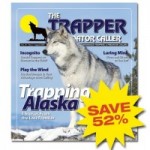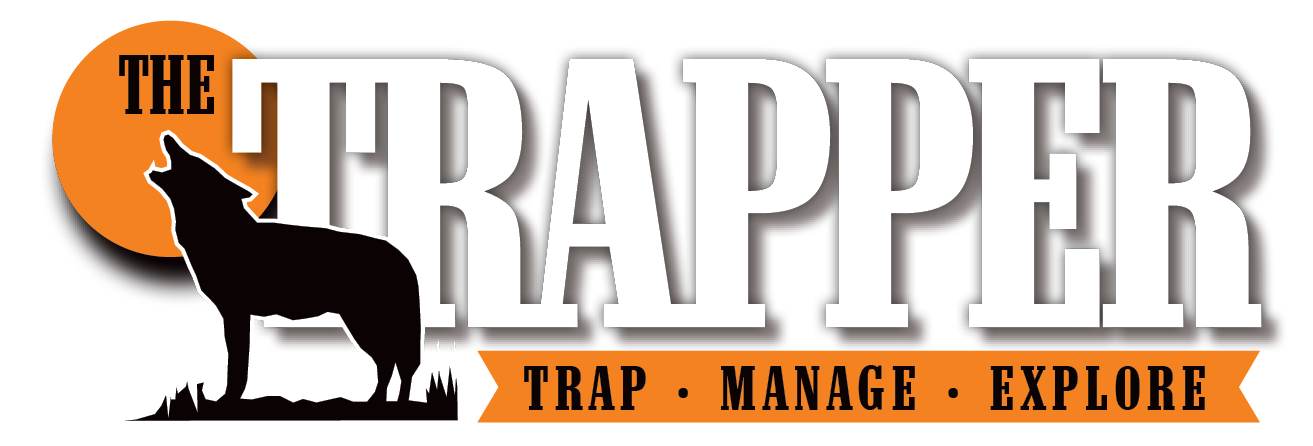
Trapper & Predator Caller fur market expert Serge Lariviére
This is an excerpt from Trapper & Predator Caller’s November 2014 Fur Market Report.
By Serge Lariviére
As this issue hits the press, trappers across the U.S. and Canada will be at the very edge of their trapping season or right in the swing of things, trying their best to make things count.
Most trappers out there know by now that market conditions have hit a serious dip in 2014 after establishing unprecedented record highs in 2013. For the last several months, hardly anything happened on the marketing front and now, as trappers gear up for yet another harvest season, the same questions remain: How will wild fur fare this year? What species are most likely to be profitable? What kind of prices can we expect for our pelts? Is there any hope of making money this year on the trapline?
Here is what we know at this time. After a very difficult selling season in early 2014, a few international auction sales gave signs of hope. First, Kopenhagen Furs had a ranch mink sale in early September that brought prices up slightly from their preceding May sale. Then North American Fur Auctions also held a sale in September, and though most of the goods were low quality ranch mink and some leftover, unsold wild fur, more than 185 buyers attended — an attendance that was much greater than initially expected. Most amazingly, all the ranch mink in the auction house sold. In a year of depressed prices and record high production, selling all skins was an achievement. Most importantly for trappers everywhere, it creates a clean slate for this coming fur season.
Why is this so important? Because when “old” fur remains unsold, next season’s supply is increased even further by the presence of these older skins, and it further dilutes the offering, spreading the interest and thus spreading the bids. Anyone in the fur business wants fur coming in and fur going out — all of it every year. This goes for trappers, auction houses, manufacturers and retailers.
Last year, a lot of retailers failed to sell their inventory — the one produced with high-priced skins of 2013. Now that inventory has lost a great deal of value simply because of the dips in the market, and even without doing anything wrong, anyone who kept skins in hand lost money. Some of the brokers were hit pretty hard, and many of the retailers still have money tied in old inventory. Money tied in inventory is obviously not available for purchasing fresh goods.
Serge Lariviére, a Trapper & Predator Caller field editor, is a wildlife biologist in Quebec, Canada. You can e-mail him at trappeurserge@hotmail.com.
This is a preview of the November 2014 Fur Market Report. The full column is available in the November 2014 issue of Trapper & Predator Caller.
You can pick up a copy of the digital issue on www.ShopDeerHunting.com.
Subscribe to Trapper & Predator Caller Magazine
 Trapper & Predator Caller is the best trapping and predator hunting magazine. Why aren’t you a subscriber? Sign up today and receive furbearer news, trapping techniques, fur market reports and more right to your mailbox.
Trapper & Predator Caller is the best trapping and predator hunting magazine. Why aren’t you a subscriber? Sign up today and receive furbearer news, trapping techniques, fur market reports and more right to your mailbox.

